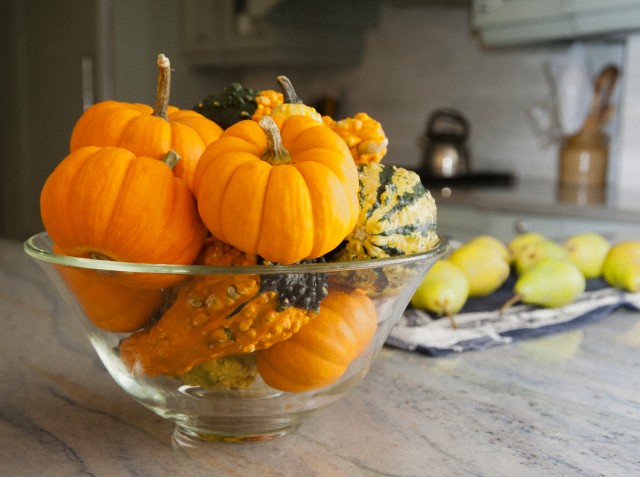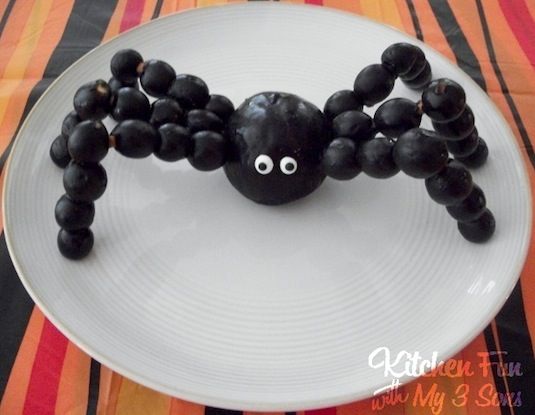Is your dress looking a little bit tight already? Are you worried about your pre party bloat? Take a look at the following foods; they will flatten out the Christmas bloat, shine your hair and smooth that skin just in time for your fancy frock!
1. Almonds
Almonds are filled with beauty benefits, including help for your skin and nails, they are full of Vitamin E and protein. The high fibre content means you will feel full after a small handful of the nuts - although high in calories they contribute to fighting belly fat, a perfect mid-morning snack.
2. Oats
The cholesterol buster, and a great way to start your day. Porridge will slowly release energy throughout the morning keeping you fuller for longer. Bye bye snacking. If still looking for a low calorie breakfast option, use water instead of milk to make your porridge.
3. Peppermint
The easiest way to consume peppermint is through tea. 3 cups of peppermint tea a day will flatten your stomach due to its calming digestive properties. Swap your normal tea or coffee choice and you'll see a flattering difference.
4. Tuna
Try tuna steak for dinner, it is high in protein and low in calories and fat. Perfect for people who weight train, but want to stay lean.
5. Raspberries and blueberries
Raspberries are a great detox. They are full of anti-oxidants to take away nasty toxins from within your body.
Blueberries are very low in calories and boost skin firming collagen in the body.
6. Water
Not quite a food, but it’s what’s best for you! Water will flush out the bad toxins in your body. Upping your fluid levels help to keep your brains fully functional and therefore better able to cope with stress, but it also replenishes water in the cells.
Wholegrain breads in particular are a great source of detoxifying B vitamins, as well as essential fatty acids needed to help the liver heal your body.
Mushrooms are a great source of selenium, which is particularly great due to its antioxidant powers. They are also packed with B vitamins, which support the liver by aiding the detoxification processes.
Richard Taylor Personal Training Club
www.richardtaylorpt.co.uk
"Changing your lifestyle to incorporate exercise and proper nutrition is not easy. But it is definitely a journey with endless rewards that are well worth achieving!"
6. Water
Not quite a food, but it’s what’s best for you! Water will flush out the bad toxins in your body. Upping your fluid levels help to keep your brains fully functional and therefore better able to cope with stress, but it also replenishes water in the cells.
7. Dark Chocolate
The antioxidant-rich, dark, high-cocoa variety is best, it contains protein, iron and B-vitamins, great for your hair.
Finally here is my top 3 for the following day to help you curve that bad head!
1. Wholemeal Bread
2. Mushrooms
Mushrooms are a great source of selenium, which is particularly great due to its antioxidant powers. They are also packed with B vitamins, which support the liver by aiding the detoxification processes.
3. Add some spice
Hot foods will naturally increase you metabolism, speeding up the detoxifying process. Hot Cayenne pepper is a natural pain reliever. No harm in trying!
www.richardtaylorpt.co.uk
"Changing your lifestyle to incorporate exercise and proper nutrition is not easy. But it is definitely a journey with endless rewards that are well worth achieving!"

































